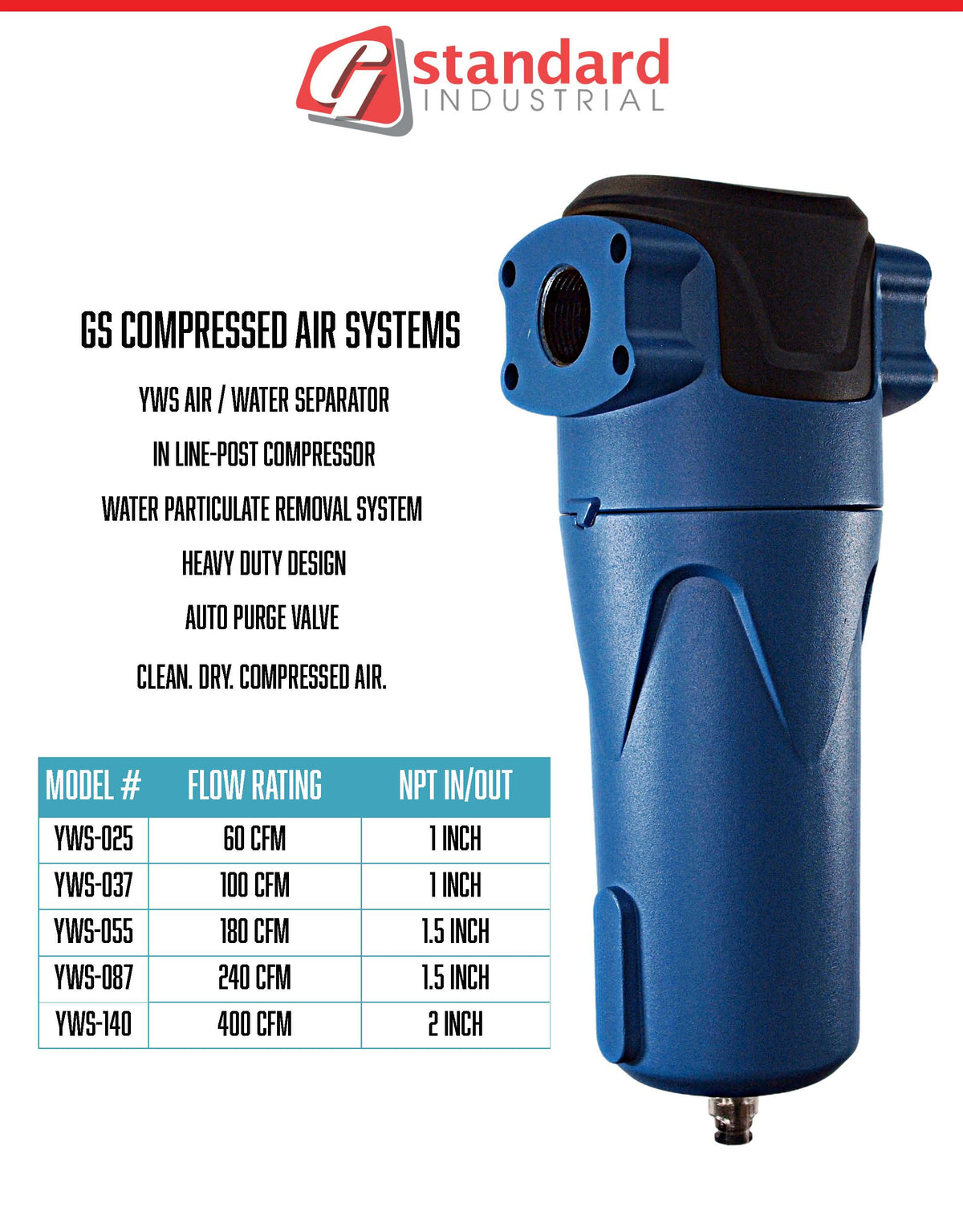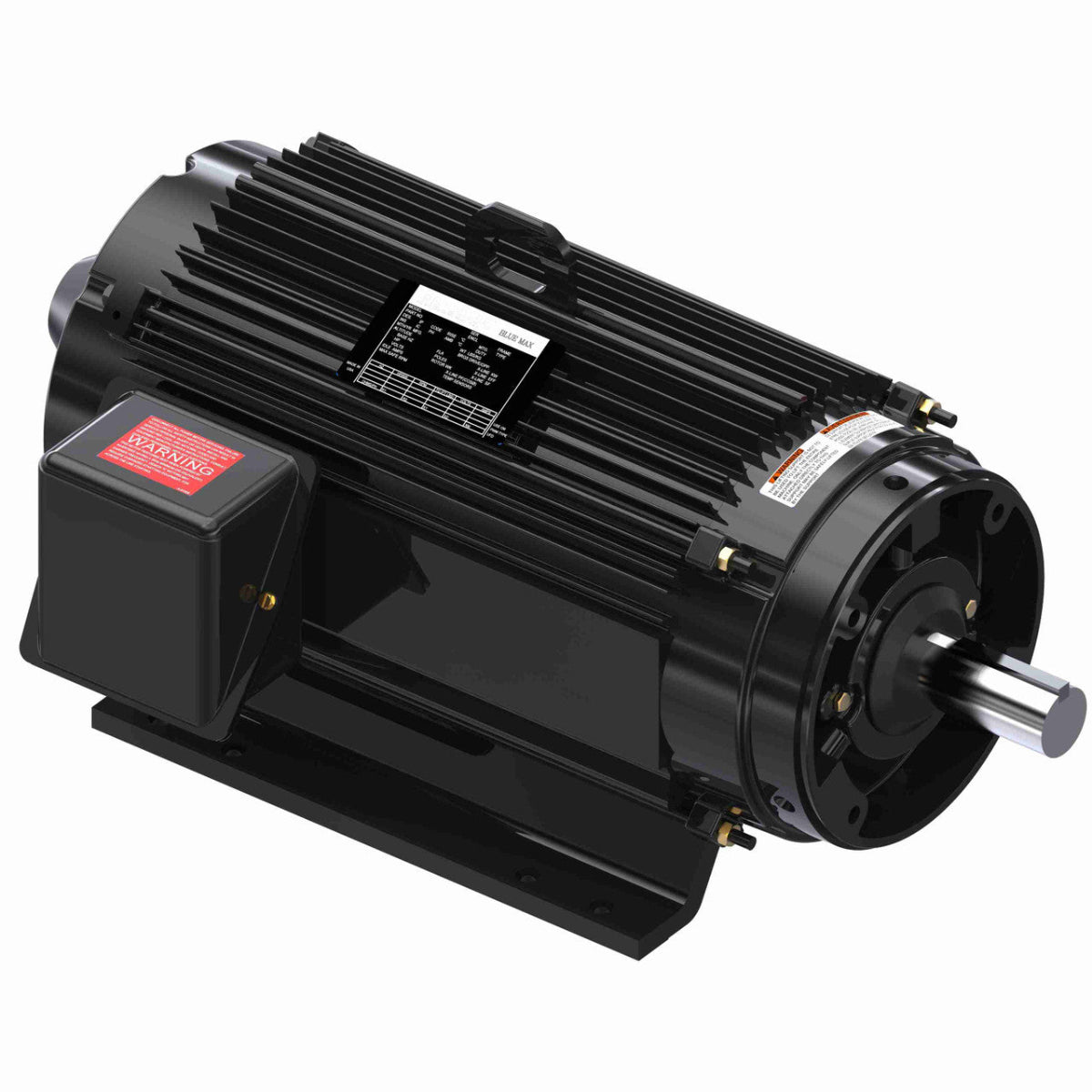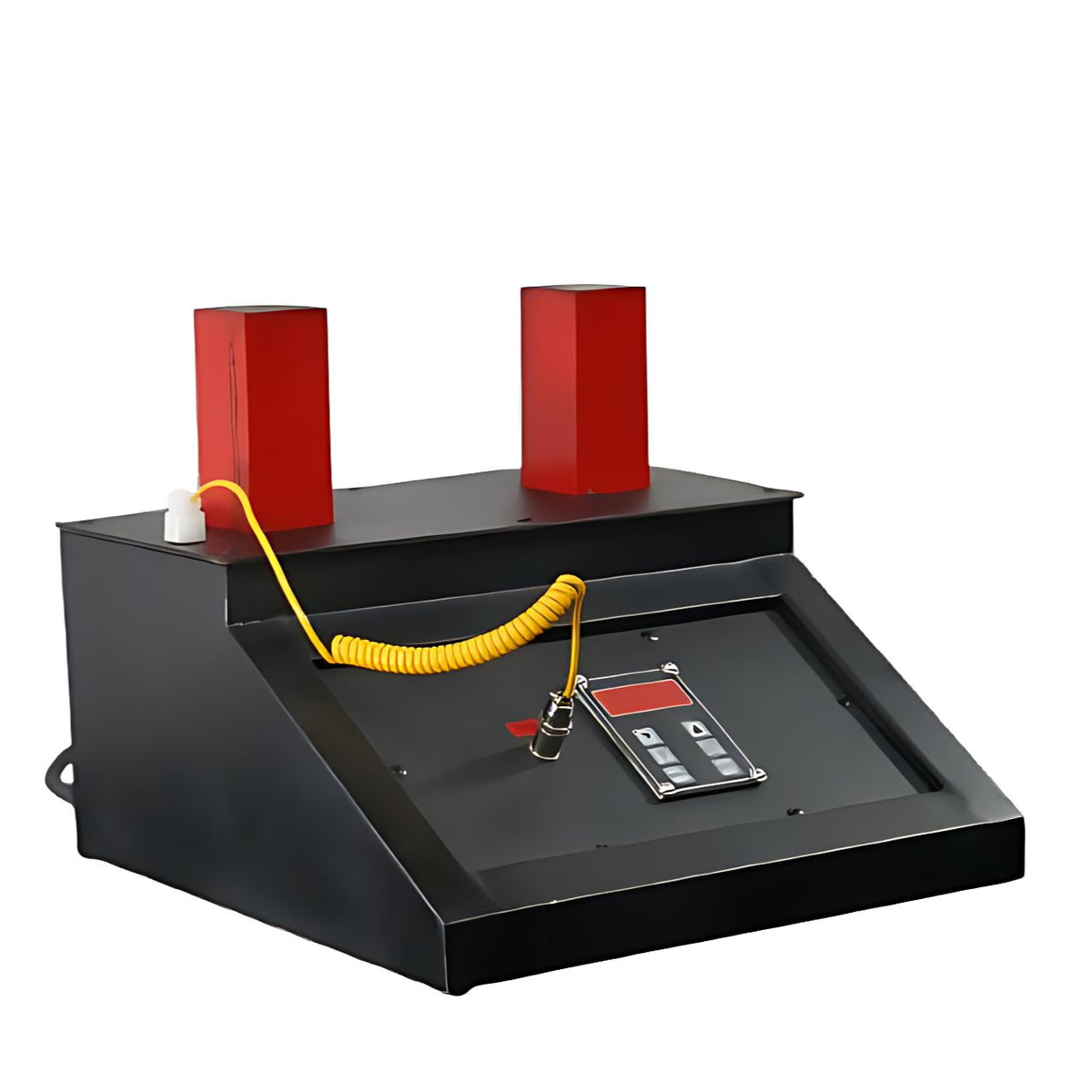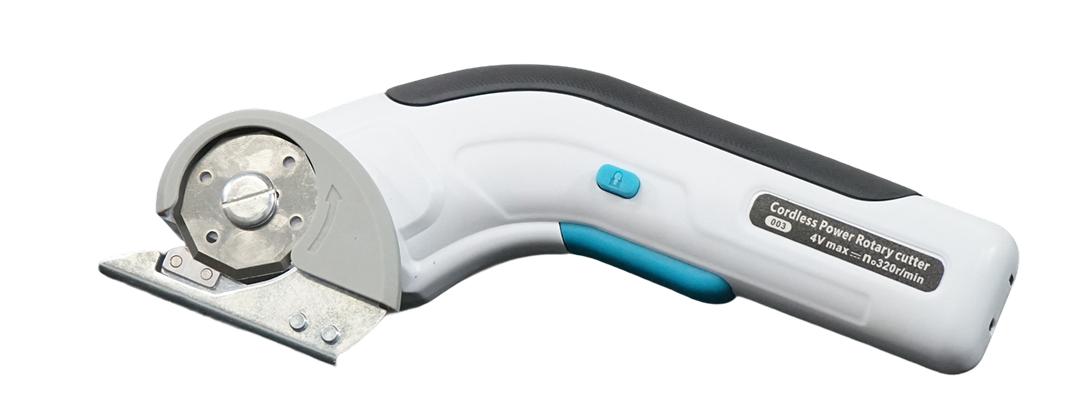Author: Noah Gilbertson
Presented by: G Standard Industrial
A compressed air storage tank, also known as an air receiver, is a critical vessel that acts as a buffer and storage unit within a compressed air system. It is typically a large, vertical or horizontal cylindrical tank rated to hold air at the system's maximum pressure. Far from being just a passive container, the receiver tank is a key component that enhances the efficiency, stability, and performance of the entire system.
Key Functions and How It Works:
1. Air Storage and Meeting Peak Demand:
The primary function of the tank is to store compressed air. This allows the system to meet short-term demands for air that exceed the compressor's maximum output capacity (CFM - Cubic Feet per Minute). For example, when a large air-consuming machine (like a Green Machine cardboard perforator) cycles on, it may require a burst of air. Instead of causing a system-wide pressure drop or forcing the compressor to immediately switch to a higher output mode, the stored air in the receiver tank supplements the compressor flow to meet this temporary peak demand smoothly.
2. Stabilizing System Pressure:
The receiver tank acts as a "capacitor" in the air system, damping pressure fluctuations and pulsations from the compressor's discharge. This provides a more stable and consistent air pressure to the downstream tools and equipment, which is crucial for their consistent operation and longevity. Rapid cycling of compressors is reduced, leading to less wear and tear.
3. Improving Compressor Efficiency and Control:
By providing a reservoir of air, the receiver tank allows the compressor to run longer, more efficient cycles. Instead of constantly starting and stopping (which is inefficient and hard on the motor), the compressor can run until it fills the tank to its upper pressure limit and then shut down. The system then uses air from the tank until the pressure drops to a lower set point, at which time the compressor starts again. This load/unload cycling is more efficient and extends the life of the compressor.
4. Cooling the Air and Separating Moisture:
As hot compressed air from the compressor enters the relatively cool receiver tank, it slows down and cools. This cooling causes additional water vapor and lubricating oil carryover to condense into liquid. The large internal volume of the tank allows these liquids to fall to the bottom, where they can be removed by a drain trap. This makes the receiver tank a crucial first stage in the air treatment process, reducing the load on downstream filters and dryers.
Sizing and Considerations:
Sizing a receiver tank correctly is vital. It is based on the compressor's output, system air demand, and the acceptable pressure band between the compressor's load and unload set points. A tank that is too small will not provide the benefits listed above. A tank that is too large is a wasted capital expense and can lead to excessive condensate formation. G Standard Industrial provides properly sized ASME-coded receiver tanks designed to integrate seamlessly with their rotary screw compressors and dryer systems, ensuring optimized performance and safety.
Sources for this Article:
-
Energy.gov. (n.d.). Compressed Air System Storage. Office of Energy Efficiency & Renewable Energy. Retrieved from https://www.energy.gov/energysaver/compressed-air-system-storage
-
American Society of Mechanical Engineers (ASME). (2021). ASME Boiler and Pressure Vessel Code, Section VIII, Rules for Construction of Pressure Vessels.
-
Compressed Air and Gas Institute (CAGI). (n.d.). Receiver Tanks. Retrieved from https://www.cagi.org/




0 comments